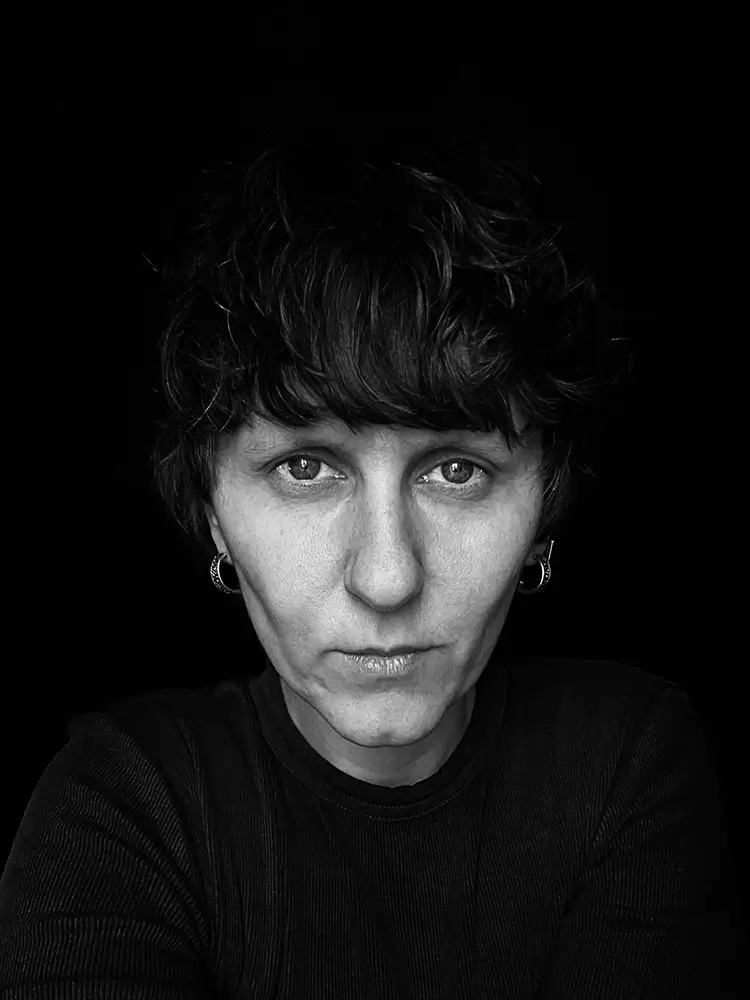Miglė Golubickaitė is a Lithuanian fashion and portrait photographer whose work is defined by its emotional depth and cinematic atmosphere. She blends natural light, muted tones, and minimalist composition to create images that feel both intimate and timeless. With a background in art history, Miglė brings a thoughtful, nuanced perspective to every frame, often drawing on classical influences and visual storytelling traditions. Her photography explores themes of identity, vulnerability, and quiet strength, focusing on the emotional presence of her subjects rather than just their appearance. Whether working with professional models or everyday individuals, she captures moments of stillness and authenticity that resonate deeply. Miglė approaches portraiture as a form of connection—between photographer and subject, subject and viewer, and the subject and themselves. She believes a successful portrait doesn't just document a person, but reveals something internal and unspoken. Her work sits at the intersection of fashion and fine art, often straddling the line between editorial styling and personal narrative. Each image invites the viewer to pause, reflect, and feel. Through her lens, beauty is not just seen—it is experienced.
AAP Magazine:
AAP Magazine #48 Portrait